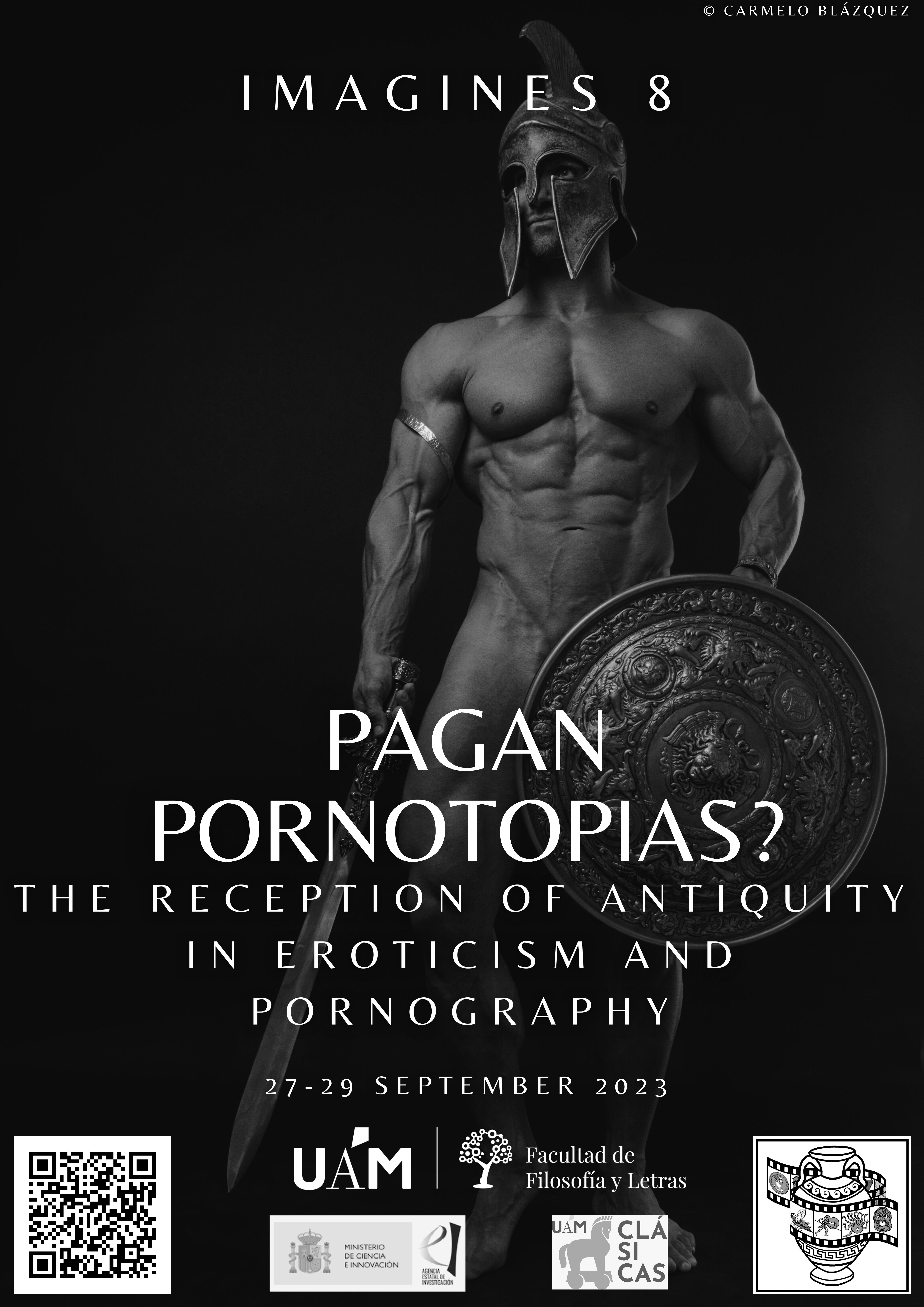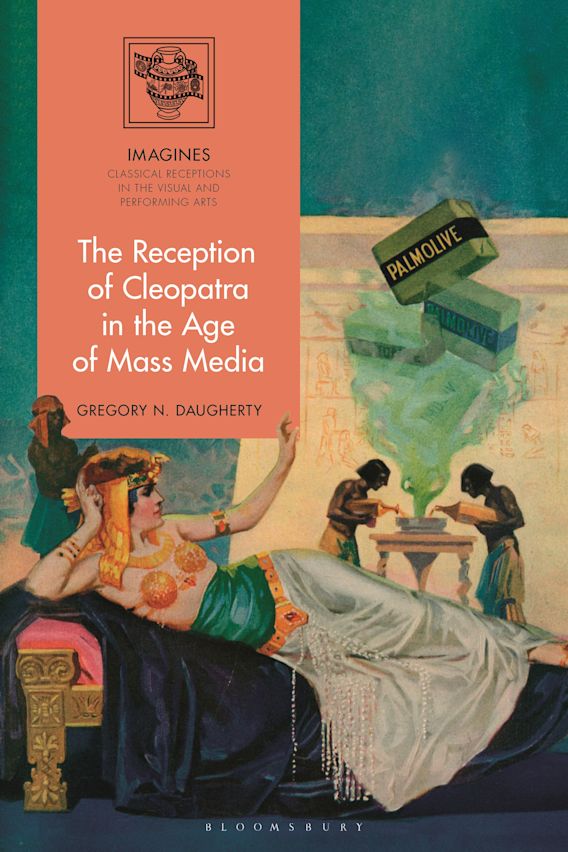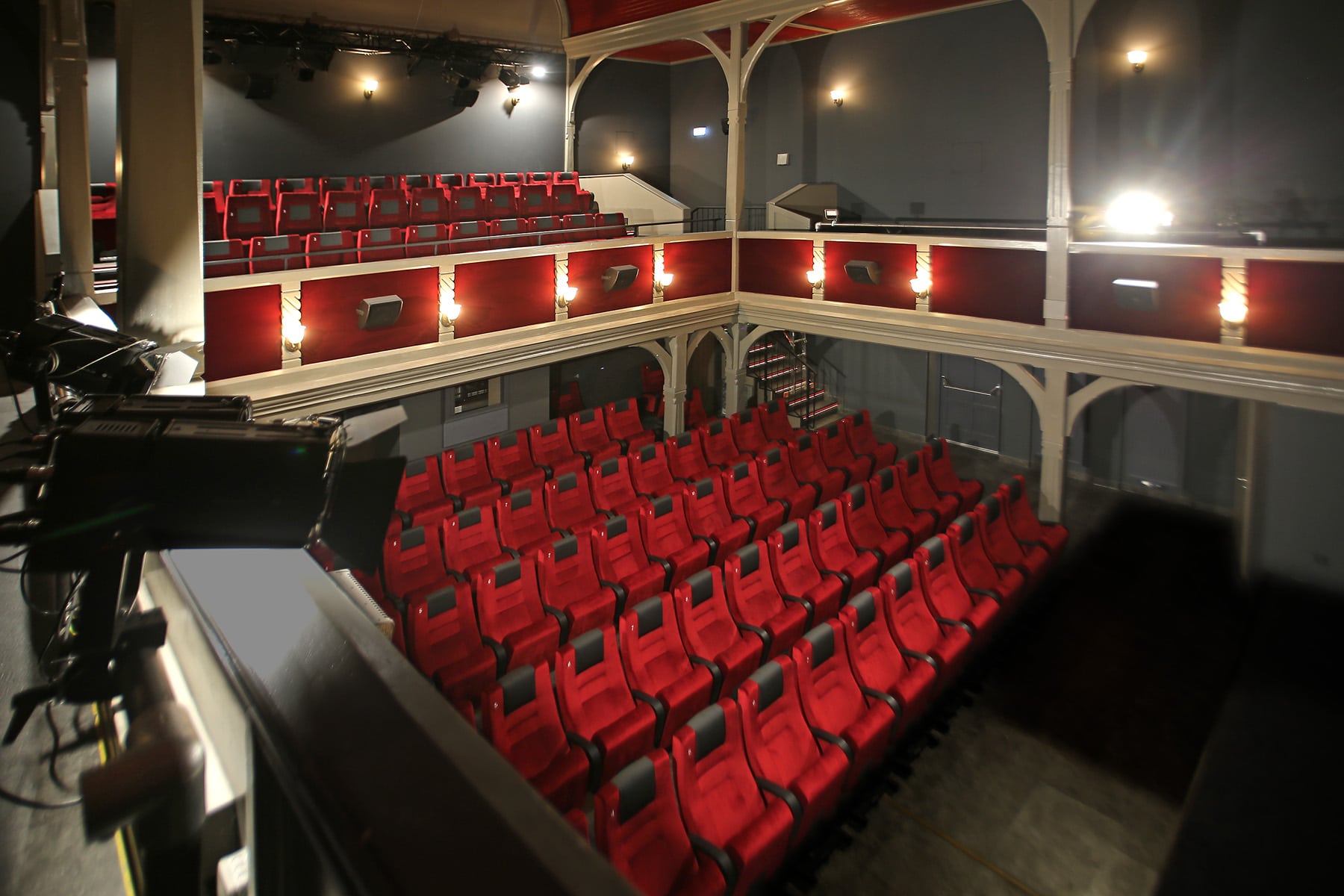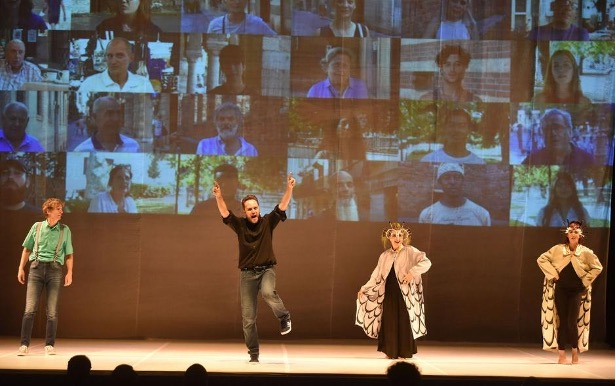Le miasme et l’oliban. L’odeur et les sens dans la réception de l’Antiquité / The Fragrant and the Foul: The Smells and Senses of Antiquity in the Modern Imagination.
International Conference IMAGINES VI, 18-20 October 2018, Toulouse
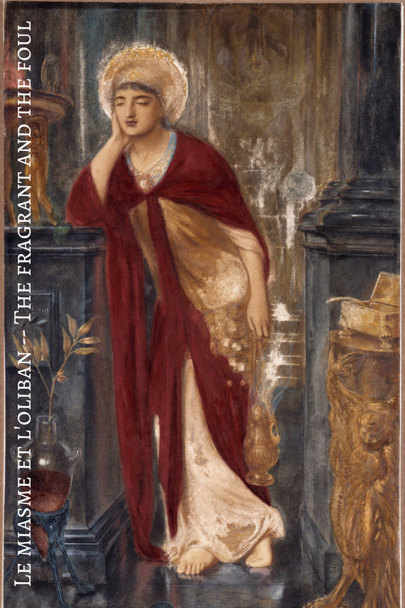
The Toulouse conference on Ancient smells was the 6th Imagines conference. For the first time, it was held in France; Toulouse was chosen because the university hosts the research team PLH-ERASME, which has been exploring the reception of Antiquity for many years now; its journal Anabases is now well-known in France and abroad. Moreover, the senses were custom writing buy essays the topic of study for a 2-year research program called ‘Synaesthesia’, funded by the University of Toulouse (2015-2017). This program focused on the sensorial aspects of ancient rituals and brought together classicists and anthropologists.
The Imagines network was created in the wake of the boom of classical reception studies, in 2005, its originality lies in its interest in more neglected areas of the classical inheritance – and ‘smell’ evidently falls into this category of ‘neglected’ senses. But the aim of this international project was also to break down the traditional division between high and low culture by embracing more popular approaches to Antiquity. This is why the Toulouse conference included a private tour of the Musée St Raymond – which has a beautiful collection of roman marbles and was hosting a performance on the colour Blue – and ended with a sensory workshop by Amandine Declercq from les Fées Bottées. Every participant was invited to make his own kyphi, an Egyptian perfume which was really famous during Antiquity.
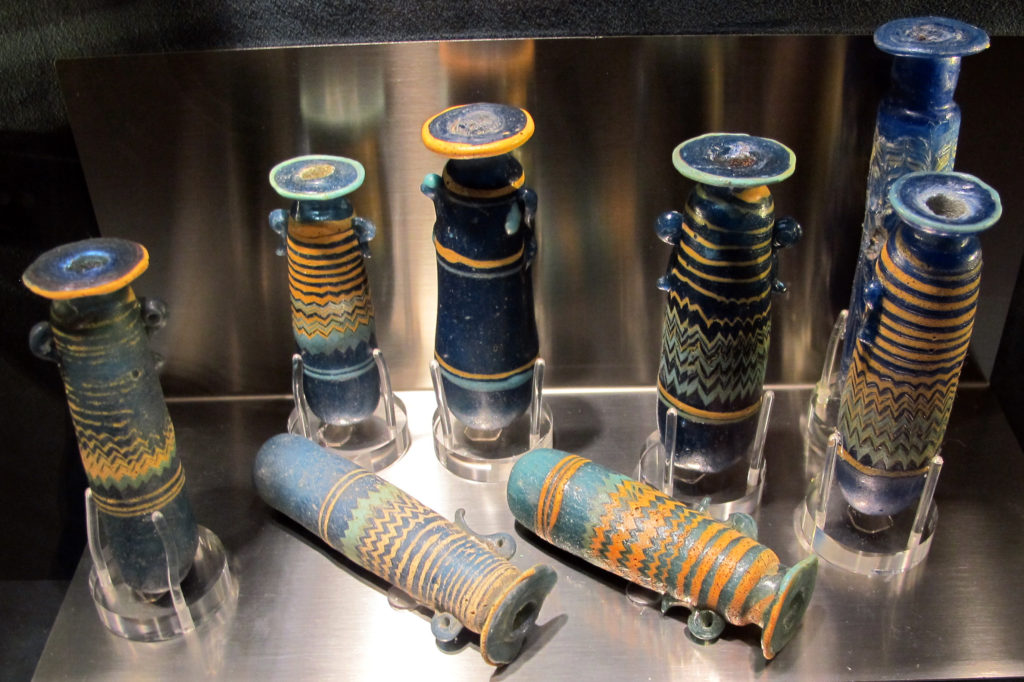 /images/2018/12/Manifattura_fenicia_o_rodia_unguentari_in_paste_vitree_450-250_ac._ca._09-300x200.jpg 300w, /images/2018/12/Manifattura_fenicia_o_rodia_unguentari_in_paste_vitree_450-250_ac._ca._09-768x512.jpg 768w, /images/2018/12/Manifattura_fenicia_o_rodia_unguentari_in_paste_vitree_450-250_ac._ca._09-945x630.jpg 945w, /images/2018/12/Manifattura_fenicia_o_rodia_unguentari_in_paste_vitree_450-250_ac._ca._09-600x400.jpg 600w" alt="" width="370" height="246" class="wp-image-3606" style="box-sizing: border-box; margin: 0px auto; padding: 5px; border: 1px solid rgb(238, 238, 238); font-weight: normal; font-style: normal; font-size: 18px; line-height: 1; font-family: inherit; text-align: left; max-width: 100%; height: auto; border-radius: inherit;" decoding="async" data-tf-not-load="1" />
/images/2018/12/Manifattura_fenicia_o_rodia_unguentari_in_paste_vitree_450-250_ac._ca._09-300x200.jpg 300w, /images/2018/12/Manifattura_fenicia_o_rodia_unguentari_in_paste_vitree_450-250_ac._ca._09-768x512.jpg 768w, /images/2018/12/Manifattura_fenicia_o_rodia_unguentari_in_paste_vitree_450-250_ac._ca._09-945x630.jpg 945w, /images/2018/12/Manifattura_fenicia_o_rodia_unguentari_in_paste_vitree_450-250_ac._ca._09-600x400.jpg 600w" alt="" width="370" height="246" class="wp-image-3606" style="box-sizing: border-box; margin: 0px auto; padding: 5px; border: 1px solid rgb(238, 238, 238); font-weight: normal; font-style: normal; font-size: 18px; line-height: 1; font-family: inherit; text-align: left; max-width: 100%; height: auto; border-radius: inherit;" decoding="async" data-tf-not-load="1" />The idea of exploring the modern receptions of the smells of Antiquity in the visual and performing arts originated in the current research interest of Charlotte Ribeyrol (a specialist of Victorian England) and Adeline Grand-Clément (a classicist working on Ancient Greece). They started collaborating about ten years ago. In keeping with their shared interest in colours, they co-organised a workshop called « L’Antiquité en couleurs », which took place in 2005 in Paris. They have been working together since, comparing the Ancient Greek perception of colours and its reception by the British artists called the Aesthetes. In the Imagines conference in Mainz, in 2012, they held a joint paper on the reception of the figure of Medea in 19th paintings, which showed that colours played an important role in the representation of Medea as a powerful magician.
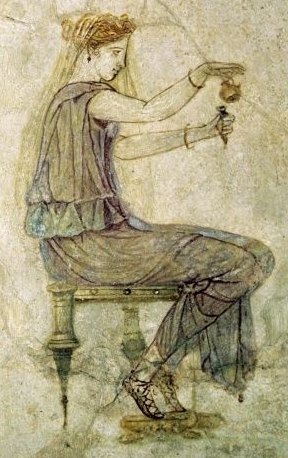 /images/2018/12/villa-farnesina.-detail-189x300.jpg 189w" alt="" width="221" height="352" class="wp-image-3608" style="box-sizing: border-box; margin: 0px; padding: 5px; border: 1px solid rgb(238, 238, 238); font-weight: normal; font-style: normal; font-size: 18px; line-height: 1; font-family: inherit; text-align: left; max-width: 100%; height: auto; border-radius: inherit;" decoding="async" loading="lazy" />
/images/2018/12/villa-farnesina.-detail-189x300.jpg 189w" alt="" width="221" height="352" class="wp-image-3608" style="box-sizing: border-box; margin: 0px; padding: 5px; border: 1px solid rgb(238, 238, 238); font-weight: normal; font-style: normal; font-size: 18px; line-height: 1; font-family: inherit; text-align: left; max-width: 100%; height: auto; border-radius: inherit;" decoding="async" loading="lazy" />Colours and smells are strongly connected: it is a point that has been stressed by many scholars who have contributed to the « sensory turn » which occurred about twenty years ago, in the various fields of the humanities: anthropology, history, sociology… David Howes and Constance Classen in particular have actively promoted the importance of studying the multiplicity of ways of sensing, which differ from one society to other. They have shown that the hierarchy of the senses – what they call the ‘sensorium’ – is a cultural construct. But in France, the tradition of sensory studies is more ancient than that. The historian Lucien Febvre, one of the founders of the “Ecole des Annales”, was a pioneer in the field. He wrote a paper entitled « La sensibilité et l’histoire : comment reconstituer la vie affective d’autrefois ? » (Annales d’histoire sociale, 3, 1941, pp. 221-238). Following in his footsteps, Alain Corbin greatly contributed to the history of the sensibilities: one of his key works deals with the sounds of village bells in the 19th century French Countryside (1994); another with the perception of smells and fragrances during the 18th and 19th centuries (1982). This book has opened up a new field: the historical sociology of smell. Alain Corbin clearly showed that the smells associated with a given figure or social group, convey a rich custom writing buy essays imagery which connotes specific values: perfumes, scents and foul odours both reflect and mould the ways a society thinks or acts. He pointed out the hygienistic shift which affected Western societies in the modern age. The French title of his book « Le miasme et la jonquille » was translated The Foul and the Fragrant: Odor and the French Social Imagination. The title inspired that of the conference.
But what about the reception of these ancient smells and perfumes? This issue appears as quite challenging for at least three reasons:
-First, the classical tradition has long confined Antiquity to an immaculate, sanitized whiteness: thus idealised, it was deprived of its multi-sensorial dimension, and conveniently limited to the visual paradigm. And if smell was considered, it was only for the perfumes and incenses, neglecting the bad smells. But Ancient societies did smell, and they also smelt bad! We do hope that the conference will shed light upon the role played by the new media in reevaluating the odours of Antiquity: in particular advertising, video games, television series, comic books and graphic novels, as well as historical re-enactments, which have recently helped reshape the perception and experience of the antique for a broader audience.
-Second, olfaction has often been overlooked in classical reception studies due to its evanescent nature which makes this sense difficult to apprehend. But efforts have recently been made, in the field of archaeology, to recreate some of the perfumes used by Ancient people and to present them during exhibitions.
-Third, smell is not visual: how can we track this sense in the kind of visual and performing arts which the Imagines project analyses? We hope that the Conference will shed light on the various strategies elaborated by artists in order to make Antiquity fragrant again, in the same way as it has been made colourful again.
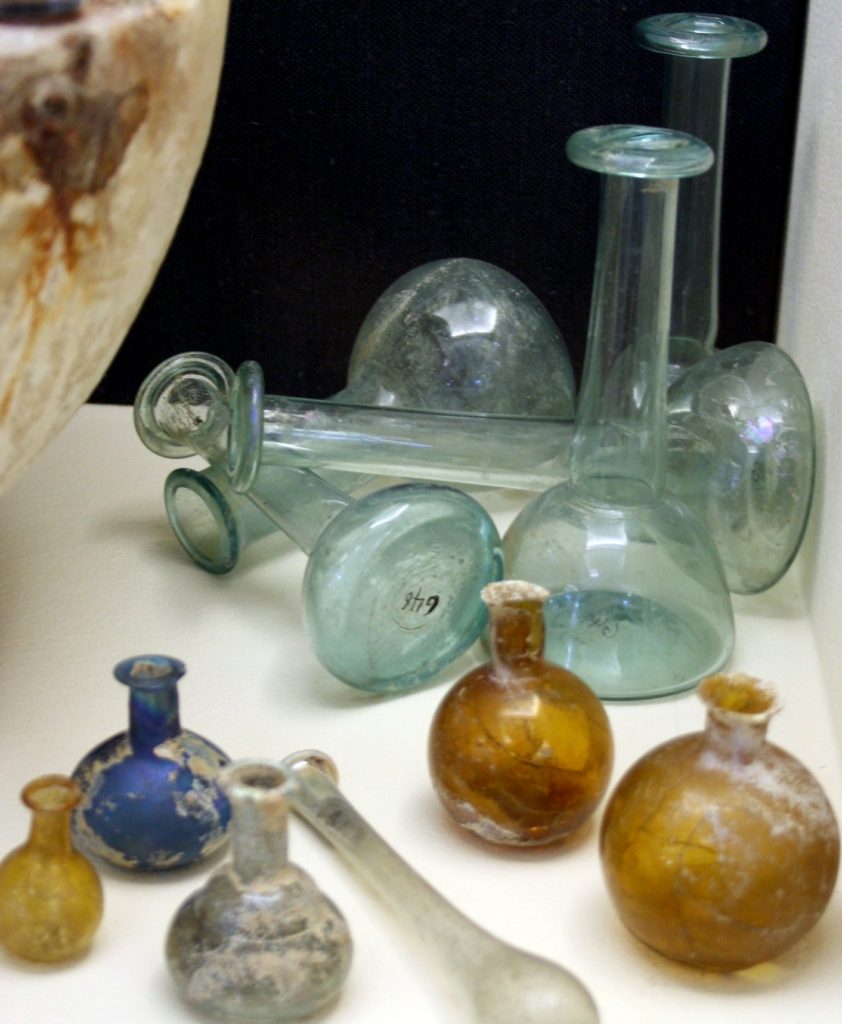 /images/2018/12/Unguentaria-from-the-kerameikos.-detail-247x300.jpg 247w, /images/2018/12/Unguentaria-from-the-kerameikos.-detail-768x934.jpg 768w, /images/2018/12/Unguentaria-from-the-kerameikos.-detail-945x1149.jpg 945w, /images/2018/12/Unguentaria-from-the-kerameikos.-detail-600x730.jpg 600w, /images/2018/12/Unguentaria-from-the-kerameikos.-detail.jpg 1412w" alt="" width="276" height="335" class="wp-image-3611" style="box-sizing: border-box; margin: 0px; padding: 5px; border: 1px solid rgb(238, 238, 238); font-weight: normal; font-style: normal; font-size: 18px; line-height: 1; font-family: inherit; text-align: left; max-width: 100%; height: auto; border-radius: inherit;" decoding="async" loading="lazy" />
/images/2018/12/Unguentaria-from-the-kerameikos.-detail-247x300.jpg 247w, /images/2018/12/Unguentaria-from-the-kerameikos.-detail-768x934.jpg 768w, /images/2018/12/Unguentaria-from-the-kerameikos.-detail-945x1149.jpg 945w, /images/2018/12/Unguentaria-from-the-kerameikos.-detail-600x730.jpg 600w, /images/2018/12/Unguentaria-from-the-kerameikos.-detail.jpg 1412w" alt="" width="276" height="335" class="wp-image-3611" style="box-sizing: border-box; margin: 0px; padding: 5px; border: 1px solid rgb(238, 238, 238); font-weight: normal; font-style: normal; font-size: 18px; line-height: 1; font-family: inherit; text-align: left; max-width: 100%; height: auto; border-radius: inherit;" decoding="async" loading="lazy" />The aim of the conference was to analyse the underexplored role of smell – both fair or foul – in relation to the other senses, in the modern rejection, reappraisal or idealisation of Antiquity. Four main topics were addressed:
– Gendered smells and bodies: How was the antique body (both male and female) made desirable thanks to the use of perfume and cosmetics? What role does smell play in gendered constructions of the antique body? What relation can we establish between the fragrant and the (homo)erotic?
–Exotic scents: sensing otherness: Does smell have a specific social/national identity? Since Antiquity, whose bodies have been most recurrently perceived as pestilent: those of enemies, foreigners, lower social classes (artisans, peasants, slaves…)? Which kind of influence did Orientalism exert in the reception of Ancient scents?
–What smell is the sacred? The sensoriality of antique rituals: How do fragrances (incense, burnt offerings, perfumed oils) shape modern representations of antique ritualistic and magical practices? To what extent does the staging of ritualistic gestures and objects associated with smell (and notably the burning of incense) create a form of estrangement between past and present, and deepen the rift between polytheistic and monotheistic faiths?
–Recreating the Fragrance of the Past: dealing with the materiality of smell: what are the substances, plants and/or objects associated with antique smells in the modern imagination? To what extent may we confront current archeological data concerning the fragrant objects used in Antiquity with representations of smell in modern works? What new technical means are now mobilized to make modern audiences ‘smell’ and sense Antiquity (for instance in museums and multi-media productions)?
The two keynote speakers – Mark Bradley and Catherine Maxwell – are specialists in the field of Ancient and Modern fragrances. Mark Bradley has recently edited the volume Smell and the Ancient Senses (2014), published by Routledge in the new collection « The Senses in Antiquity ». He also co-organised in June 2017 a conference on the uses and meanings of incense in Antiquity, in Rome, with Adeline Grand-Clément, Anne-Caroline Rendu-Loisel and Alexandre Vincent (“Sensing divinity” link to video of the burning incense workshop). Catherine Maxwell, whose research deals with Victorian literature, wrote a book entitled Scents and Sensibility. Perfume in Victorian Literary Culture (Oxford, OUP, 2017).

